�
COMPLEX ANALYSIS
Ibookroot October 20, 2007
Princeton Lectures in Analysis
I Fourier Analysis: An Introduction
II Complex Analysis
III Real Analysis:
Measure Theory, Integration, and
Hilbert Spaces
�
Princeton Lectures in Analysis
II
COMPLEX ANALYSIS
Elias M. Stein
&
Rami Shakarchi
PRINCETON UNIVERSITY PRESS
PRINCETON AND OXFORD
�
Copyright © 2003 by Princeton University Press
Published by Princeton University Press, 41 William Street,
Princeton, New Jersey 08540
In the United Kingdom: Princeton University Press,
6 Oxford Street, Woodstock, Oxfordshire OX20 1TW
All Rights Reserved
Library of Congress Control Number 200
5274996
ISBN 978-0-691-1138 -
5
2
British Library Cataloging-in-Publication Data is available
The publisher would like to acknowledge the authors of this volume for
providing the camera-ready copy from which this book was printed
Printed on acid-free paper. ∞
press.princeton.edu
Printed in the United States of America
5 7 9 10 8 6
�
To my grandchildren
Carolyn, Alison, Jason
E.M.S.
To my parents
Mohamed & Mireille
and my brother
Karim
R.S.
�
�
Foreword
Beginning in the spring of 2000, a series of four one-semester courses
were taught at Princeton University whose purpose was to present, in
an integrated manner, the core areas of analysis. The objective was to
make plain the organic unity that exists between the various parts of the
subject, and to illustrate the wide applicability of ideas of analysis to
other fields of mathematics and science. The present series of books is
an elaboration of the lectures that were given.
While there are a number of excellent texts dealing with individual
parts of what we cover, our exposition aims at a different goal: pre-
senting the various sub-areas of analysis not as separate disciplines, but
rather as highly interconnected. It is our view that seeing these relations
and their resulting synergies will motivate the reader to attain a better
understanding of the subject as a whole. With this outcome in mind, we
have concentrated on the main ideas and theorems that have shaped the
field (sometimes sacrificing a more systematic approach), and we have
been sensitive to the historical order in which the logic of the subject
developed.
We have organized our exposition into four volumes, each reflecting
the material covered in a semester. Their contents may be broadly sum-
marized as follows:
I. Fourier series and integrals.
II. Complex analysis.
III. Measure theory, Lebesgue integration, and Hilbert spaces.
IV. A selection of further topics, including functional analysis, distri-
butions, and elements of probability theory.
However, this listing does not by itself give a complete picture of
the many interconnections that are presented, nor of the applications
to other branches that are highlighted. To give a few examples: the ele-
ments of (finite) Fourier series studied in Book I, which lead to Dirichlet
characters, and from there to the infinitude of primes in an arithmetic
progression; the X-ray and Radon transforms, which arise in a number of
vii
�
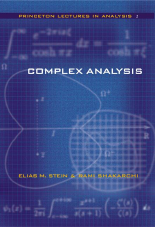
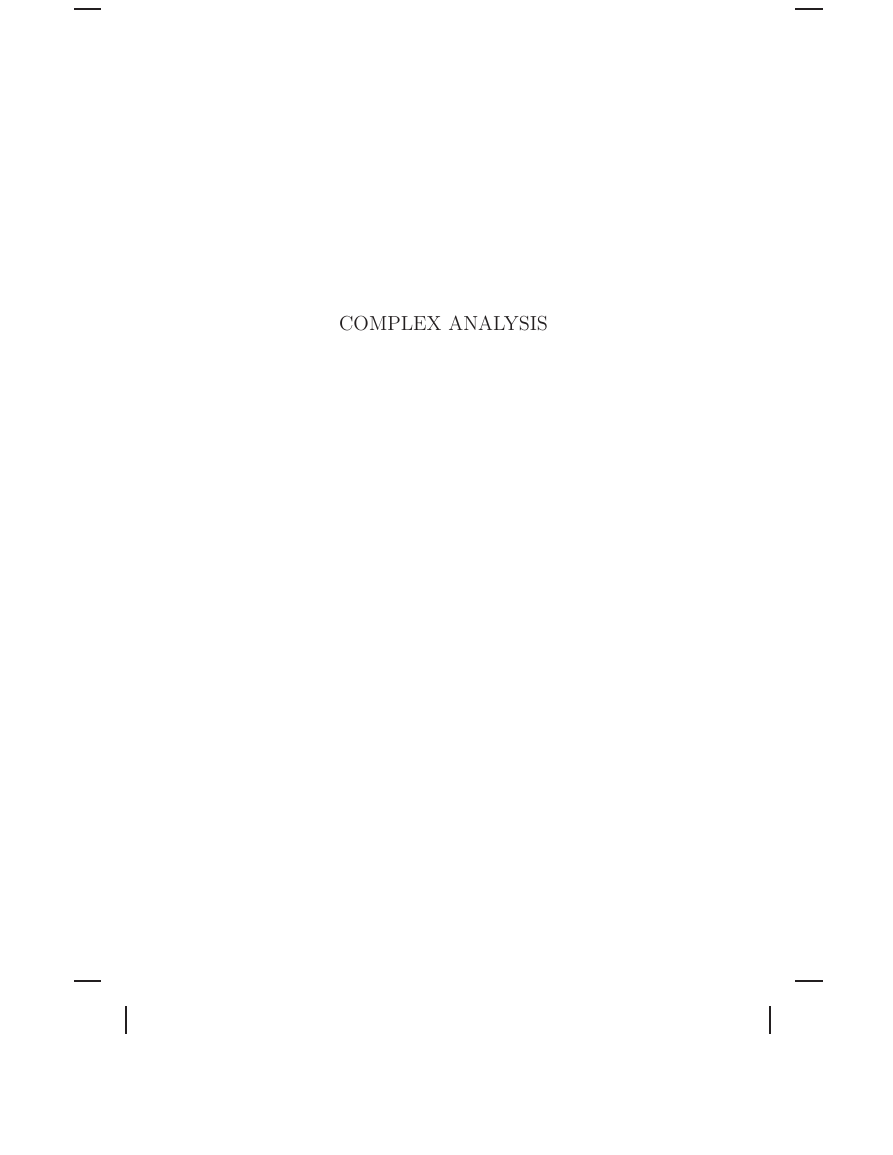
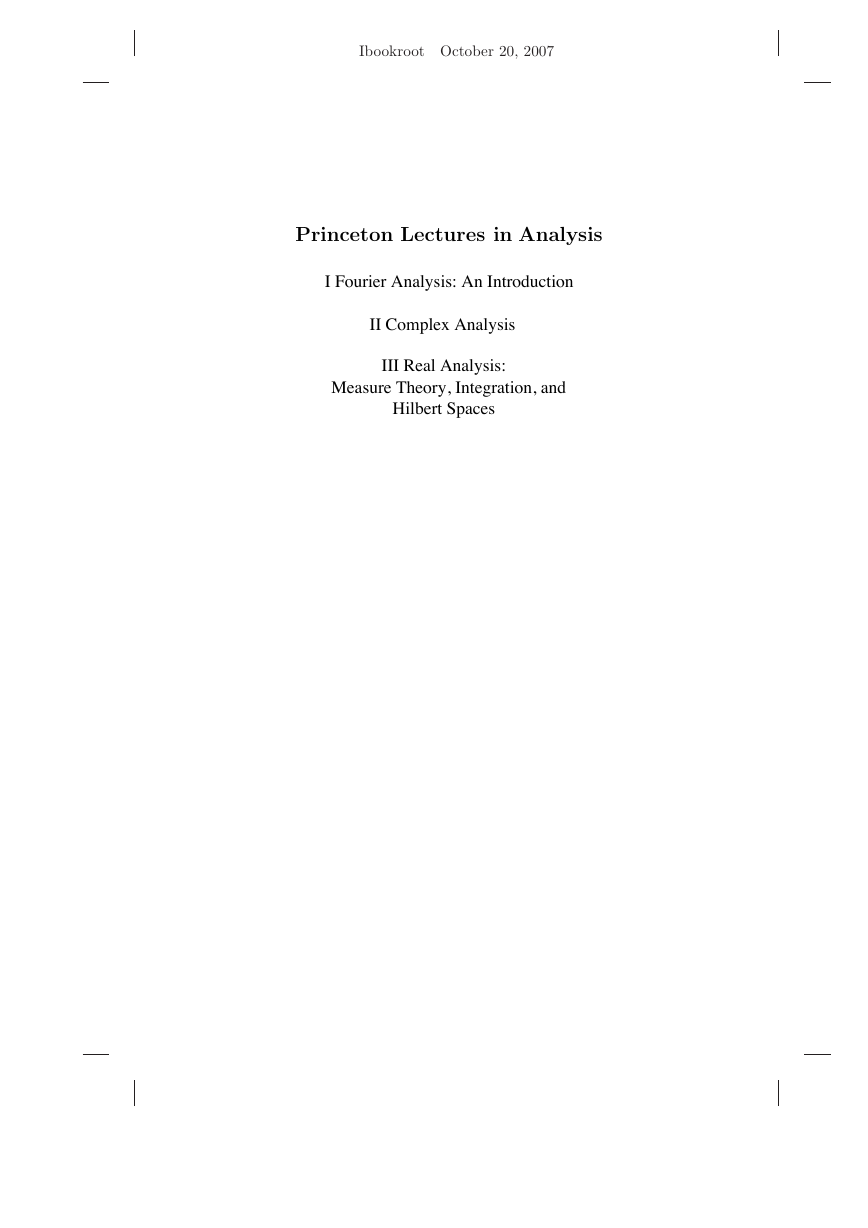
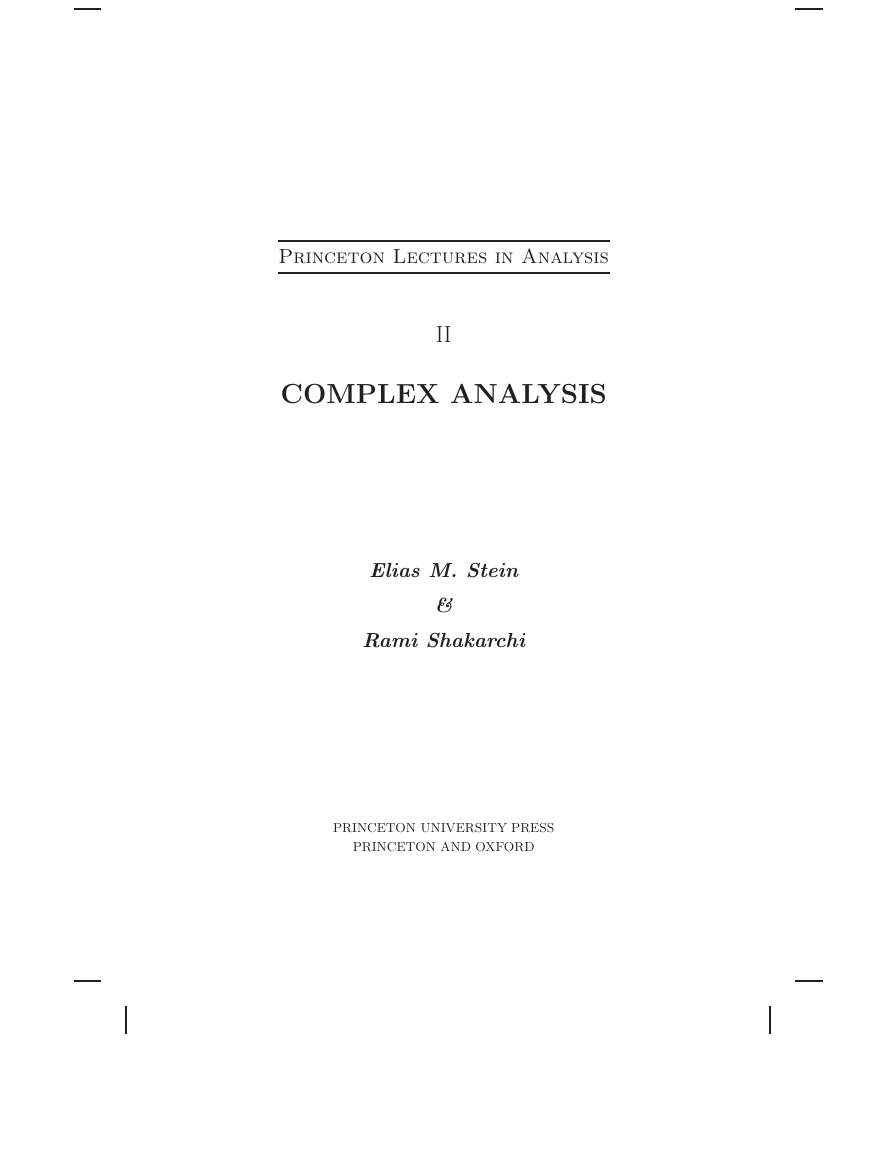

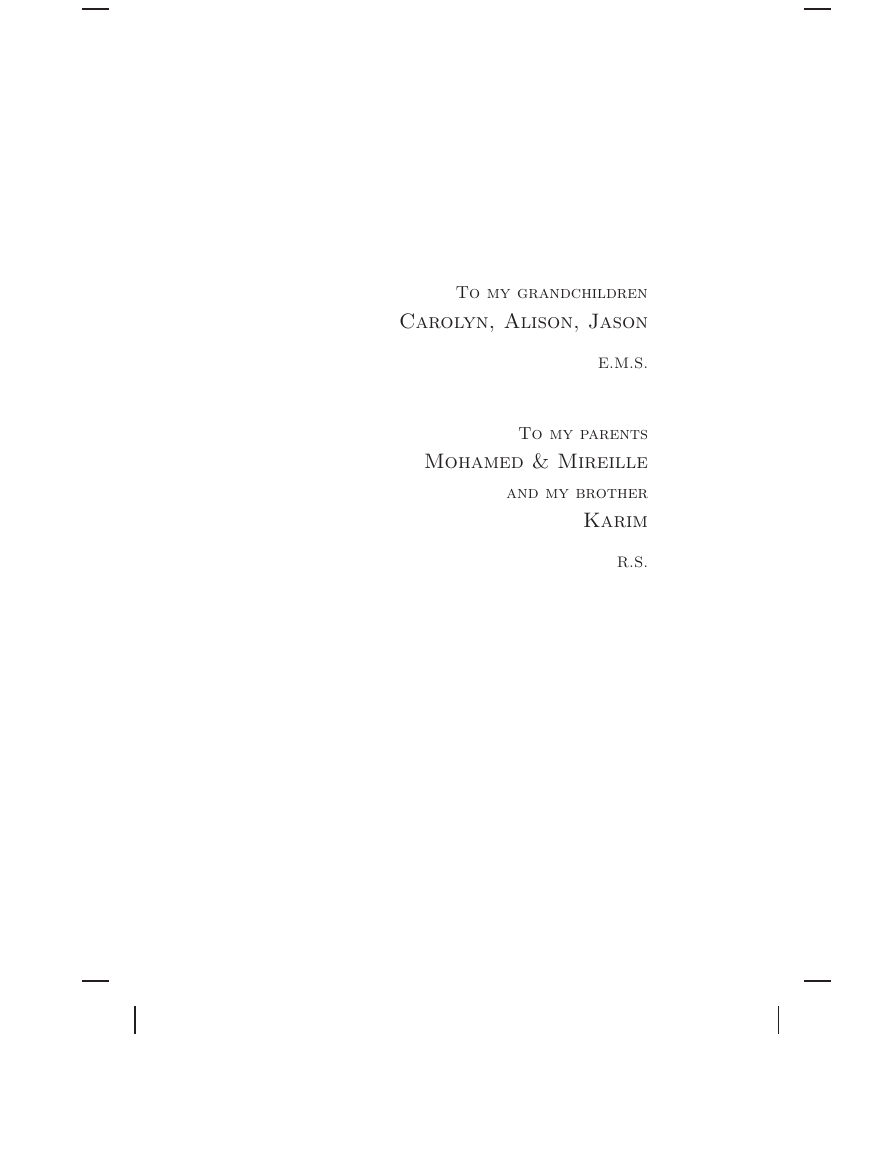










 2023年江西萍乡中考道德与法治真题及答案.doc
2023年江西萍乡中考道德与法治真题及答案.doc 2012年重庆南川中考生物真题及答案.doc
2012年重庆南川中考生物真题及答案.doc 2013年江西师范大学地理学综合及文艺理论基础考研真题.doc
2013年江西师范大学地理学综合及文艺理论基础考研真题.doc 2020年四川甘孜小升初语文真题及答案I卷.doc
2020年四川甘孜小升初语文真题及答案I卷.doc 2020年注册岩土工程师专业基础考试真题及答案.doc
2020年注册岩土工程师专业基础考试真题及答案.doc 2023-2024学年福建省厦门市九年级上学期数学月考试题及答案.doc
2023-2024学年福建省厦门市九年级上学期数学月考试题及答案.doc 2021-2022学年辽宁省沈阳市大东区九年级上学期语文期末试题及答案.doc
2021-2022学年辽宁省沈阳市大东区九年级上学期语文期末试题及答案.doc 2022-2023学年北京东城区初三第一学期物理期末试卷及答案.doc
2022-2023学年北京东城区初三第一学期物理期末试卷及答案.doc 2018上半年江西教师资格初中地理学科知识与教学能力真题及答案.doc
2018上半年江西教师资格初中地理学科知识与教学能力真题及答案.doc 2012年河北国家公务员申论考试真题及答案-省级.doc
2012年河北国家公务员申论考试真题及答案-省级.doc 2020-2021学年江苏省扬州市江都区邵樊片九年级上学期数学第一次质量检测试题及答案.doc
2020-2021学年江苏省扬州市江都区邵樊片九年级上学期数学第一次质量检测试题及答案.doc 2022下半年黑龙江教师资格证中学综合素质真题及答案.doc
2022下半年黑龙江教师资格证中学综合素质真题及答案.doc